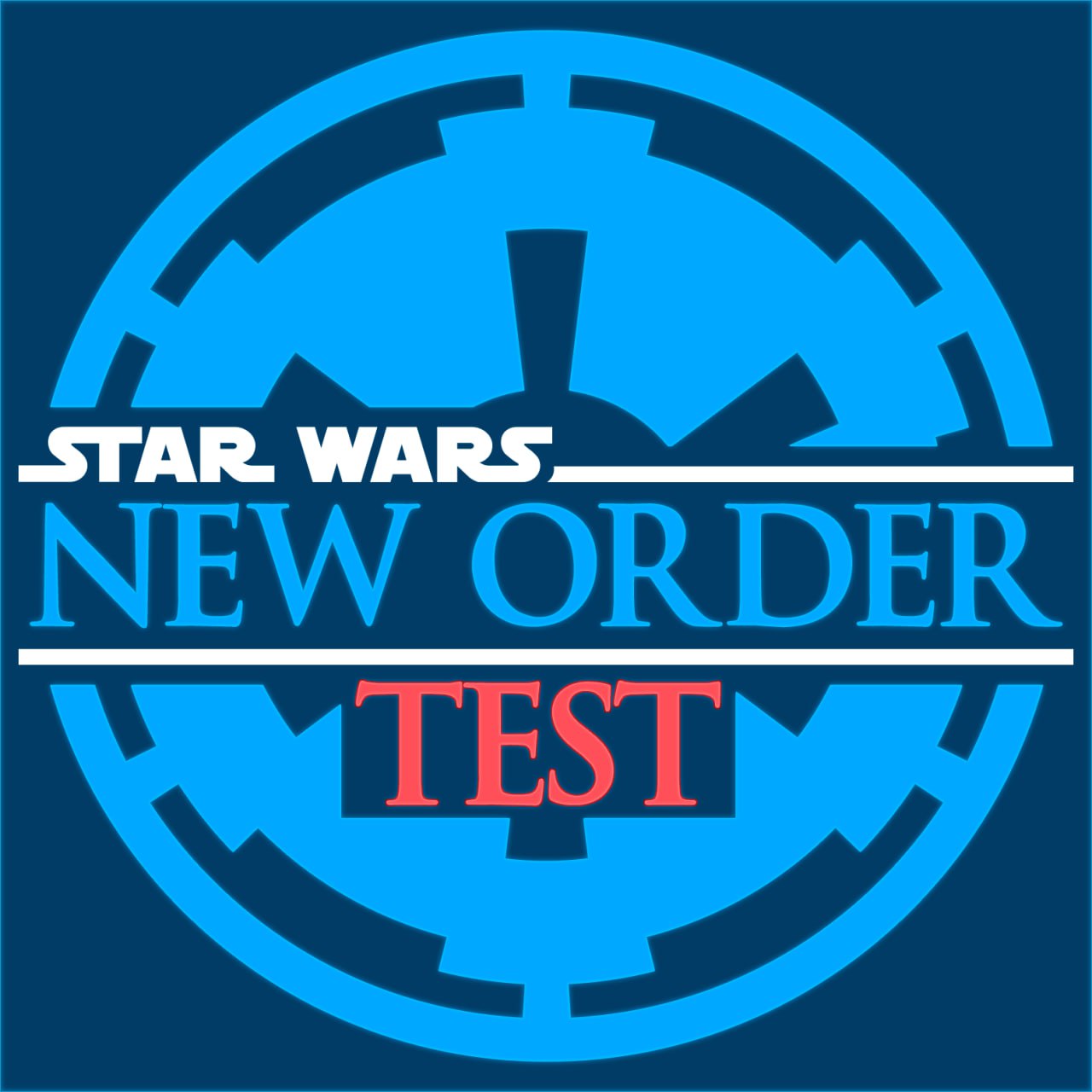
Test session opened
The mod was preparing for testing for quite a long time. Many changes were introduced into the game after years of heated discussions regarding the concept, the introduction of new gameplay mechanics, and the addition of new assets. At the moment, the test build is ready and posted on our discord channel. Each of you can join us as a tester and try our new build. Feel free to follow the link and rate our work:
Gameplay changes:
-
Updates to era system
If you've played previous versions of New Order, you may remember that in Galactic Conquest we used eras instead of tech levels. Each era represented a time period from the Legends canon - from the Declaration of the Empire in 19 BBY to the end of the Yuuzhan Vong War in 29 ABY. When played in sandbox scenarios, the eras automatically changed for all factions after a certain amount of time had passed. This time varied from era to era, and the most content-rich eras flew by faster than the others. Also, there was a problem that the changes between eras were either too many or almost nonexistent.
We changed the boundaries of the eras, the current breakdown is as follows (dates are approximate):
Era 1️⃣* - Dark Times: 19 BBY - 3 BBY
Era 2️⃣ - Rebellion: 2 BBY - 4 ABY
Era 3️⃣ - Imperial Civil War: 5 ABY - 11 ABY
Era 4️⃣ - New Republic: 12 ABY - 19 ABY
Era 5️⃣* - New Jedi Order: 20 ABY - 29 ABY
Eras 1 and 5 are longer than the others, but with long intervals where nothing major happens. Also, in era 1 there was no unified Rebellion, and in era 5 there was peace between the Imperial Remnant and the New Republic, so conflicts between the two major factions are not possible there. We have ideas on how to deal with that, but that's for future development. For now we have excluded eras 1 and 5 from multi-era sandbox campaigns; they will return along with the introduction of new factions for those eras - the Separatist Remnants and the Yuuzhan Vong.
To wrap up the topic of eras, We'd also like to explain how they will affect Skirmish mode. Previously in space Skirmishes in New Order had a clumsy system where the progression of eras went along with the improvement of the station (bad idea, starting units could rush and destroy the enemy station in a few minutes and win), in ground-based Skirmishes eras were not presented at all. We are now introducing a new feature - Single Era Skirmishes: each Skirmish map will be tied to a specific era, the one that best fits the theme, and only units and heroes from that era can be used on it (if possible; for example, for Separatist Remnants, the set for eras 2-5 will be similar to 1). For example, the Endor map would represent Era 2. Tech levels will return to the Skirmishes, acting similarly to the vanilla game in this case.
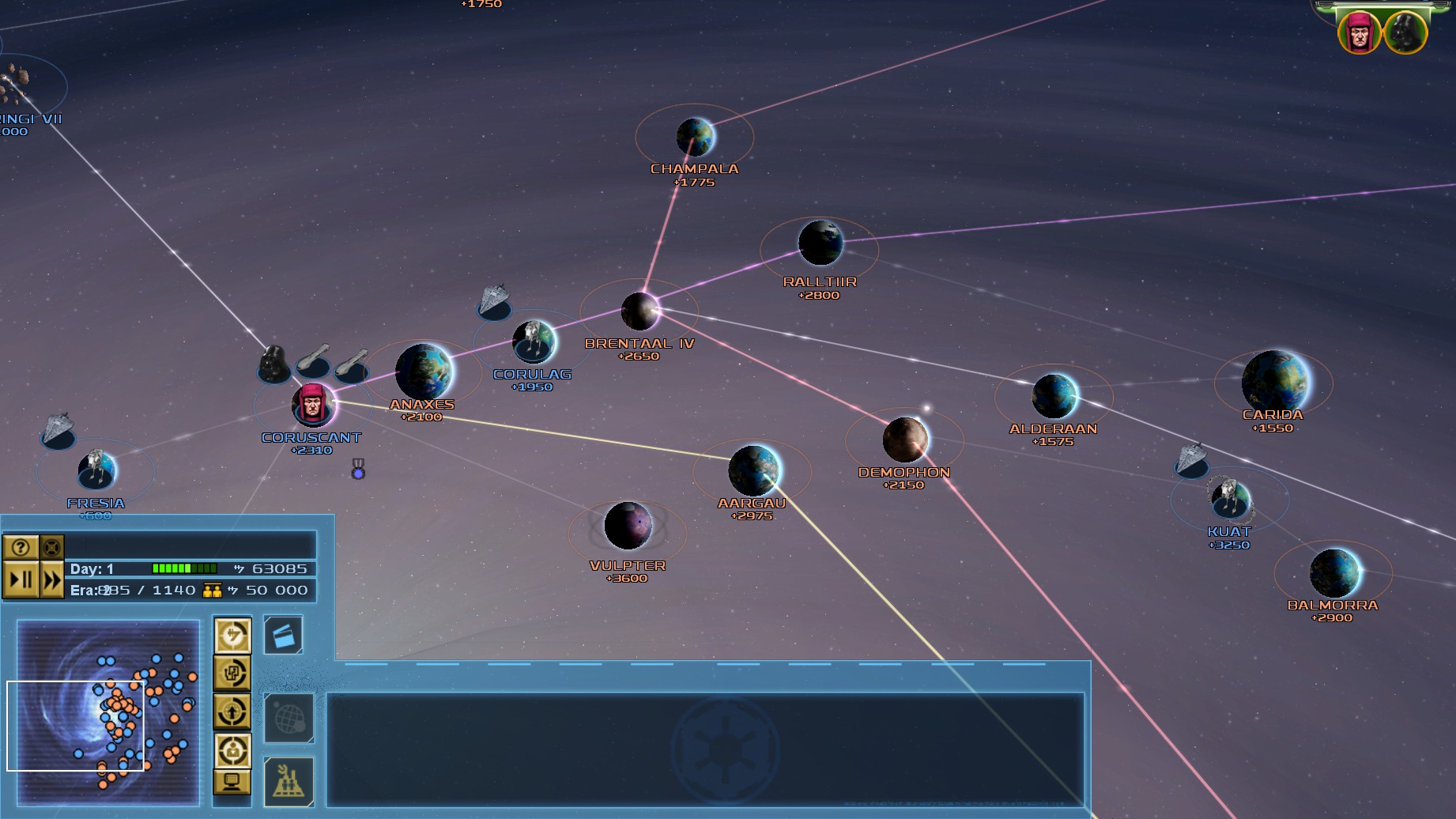
-
Updates to combat system
We won't go into the specifics of space or ground combat now (we'll go into more detail in future posts), just outline some general features - they're roughly the same for both. As always, the new system is designed to follow New Order's core principle of being fairly complex and varied, yet interesting and intuitive.
- Units' health is calculated based on their volume. Plain and simple. Population capacity is proportional to unit health, so "fat" units take up more space and there are fewer of them on the ground in a single company. Shield points is a balancing stat, but it is also tied to health.
- All units have armor class. Unlike some other mods, here armor classes are made straightforward - the higher the armor class, the less damage is dealt by lower level weapons. Think of it as the armor thickness of real warships. A few levels of class difference between armor and armament results in the largest damage reduction (up to 80% is absorbed), beyond that there is no reduction.
- The shield does not have a class, the amount of damage it takes is only dependent on the type of weapon used (i.e. ion weaponry does more damage).
- Weapons also have their own class. In an analogy to real warships, class is the caliber of weapons. In addition to penetration, it also affects base damage, range, rate of fire and weapon spread. This ensures the low effectiveness of large guns on small targets. Different types of weapons may be effective in different situations or against different targets, but within a type they obey the class rule.
- Almost every unit has several different weapons of different types and classes. Usually, one of them defines the main purpose of the unit, while the others serve to cover its weaknesses. For example, the Imperial I-class Star Destroyer is armed with a main caliber of class 12 ion cannons and turbolasers (effective against other battleships) and secondary class 6s (moderately effective against cruisers, weak against corvettes and frigates, and a little more than fireworks against fighters and bombers).
- Unit abilities are made to better emphasize the role of a particular unit. For example, many units armed with missile launchers have some sort of ability to fire multiple missiles at once for even higher alpha damage, but the overall DPM of missiles is lower than that of lasers.
- Healing options in combat are much more limited: there are none in space, and in ground combat there are only medical bunkers in Skirmish and for defenders in GC.
- As has been the case since the inception of New Order, units have no targetable hardpoints, and missiles and torpedoes can only bypass shields in ground combat.
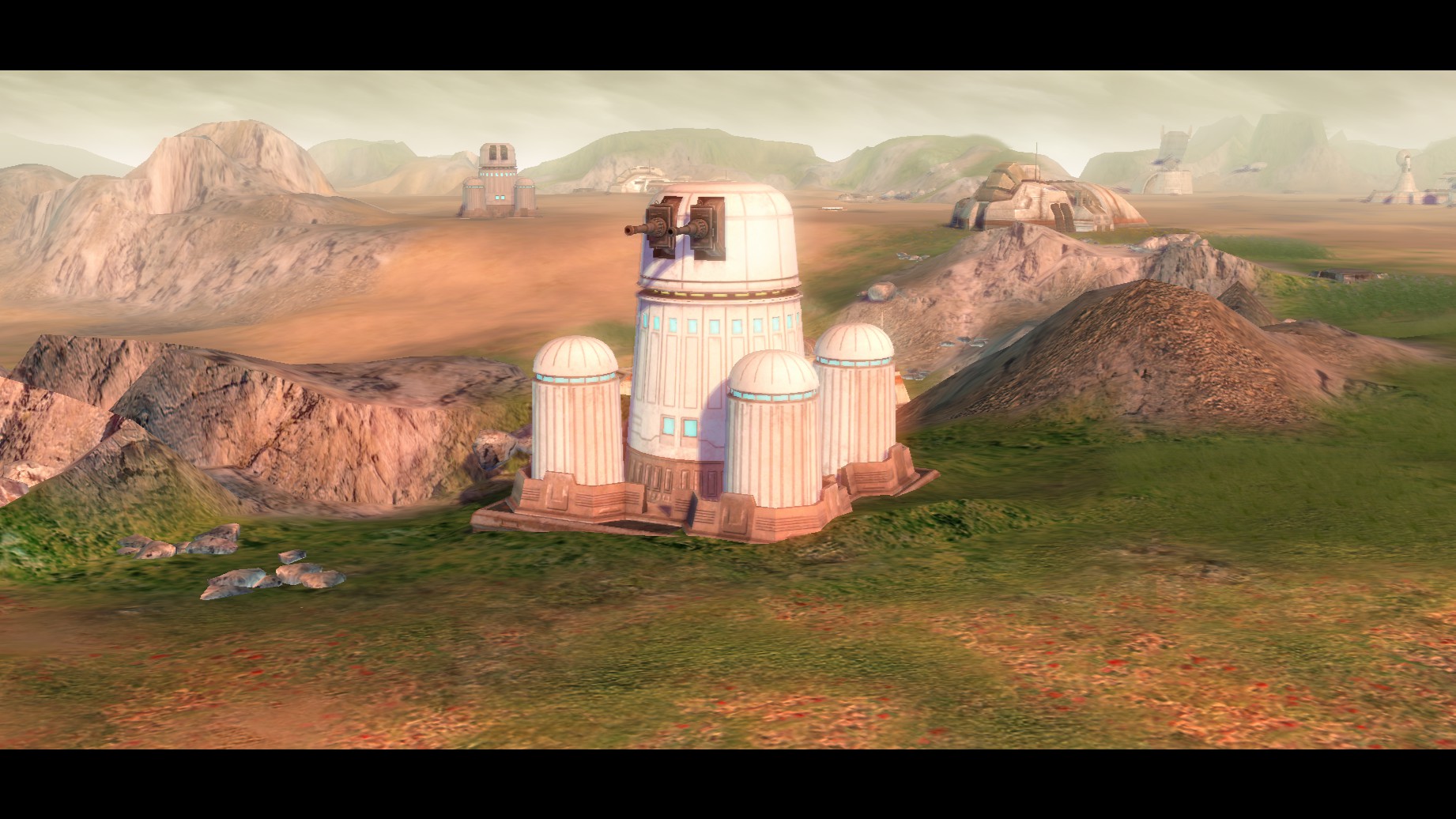
-
Ground unit classes
- Infantry - land in large squads of 30-40 soldiers. Basically armed with blaster rifles, effective only against other infantry, but depending on the specialization of the squad can also have rocket launchers against vehicles and other heavy weapons.
- Raid Infantry - in small squads of 2-8 soldiers. Can be used for pre-battle reconnaissance, sabotage, and support of main forces. Can land on enemy planets bypassing the fleet in orbit.
- Light vehicles - in squads of up to 4 vehicles. Armor class 1-3. Fast but not very powerful.
- Heavy vehicles - in squads of 1-2 vehicles. Armor class 4-6. Slow but tough.
- Artillery vehicles - in squads of 1-2 vehicles. Armor class 1-3. Relatively slow, require deployment to fire, and have a minimal firing range, but have a very long range and are capable of indirect fire.
Aircraft - in squads of 1-2 vehicles. Armor class 1. Very fast and cannot be attacked by most ground units, can explore the map quickly. Very fragile (any air defense will quickly destroy them) and cannot do serious damage to ground targets. - Buildings - Various base buildings that are required to produce units or improve faction's economy. They have a large amount of health but have no armor (they can be destroyed even by an infantryman with a rifle if they shoot long enough) and cannot attack.
- Defensive structures - various turrets (anti-personnel, anti-tank, air defense, artillery), bunkers (infantry, turbolaser, repair, medical), turbolaser towers and surface-to-space guns (can attack enemy ships in orbit).
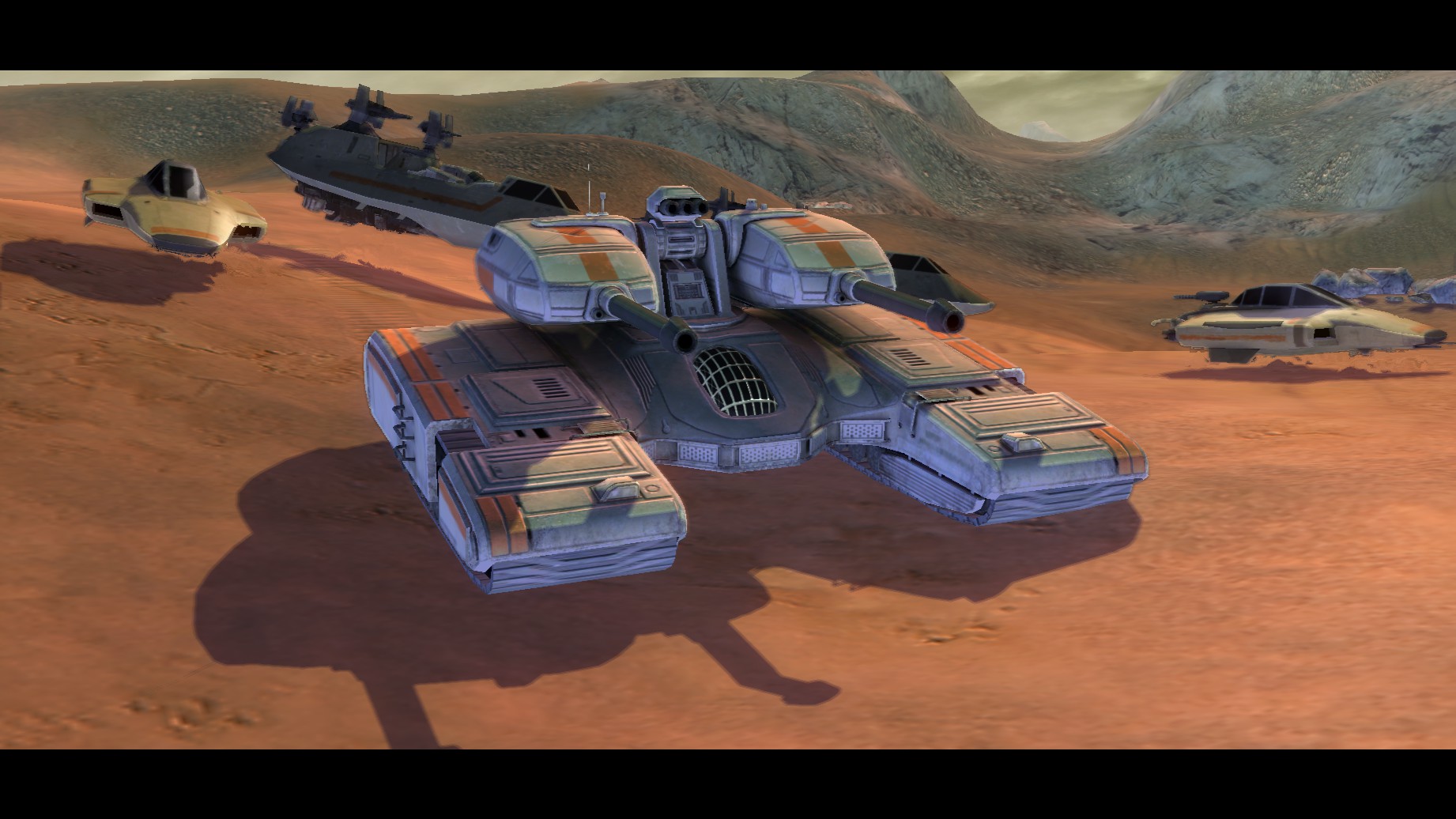
-
Space unit classes
- Snubfighters. Deployed in squadrons of 6 or 12.
Fighters are effective against other snubfighters. Examples: TIE Fighters, A-wings.
Bombers carry torpedoes that are effective against large ships. Examples: TIE Bombers, S3 Y-wings.
Heavy fighters are something in between. They are versatile and can do both, but worse. Examples: TIE Defenders, X-wings. - Escorts. Armor class 1-4.
Corvettes are fast ships for raiding, scouting, and support. Examples: Customs corvette, CR 90.
Frigates are larger and slower, making them better suited for defending larger ships against snubfighters and corvettes. Examples: Lancer, Nebulon-B. - Cruisers. The most versatile category of ships. Armor class 5-8.
Light cruisers are small and fast but have weak armor and weapons. They are effective against ships that are similar in size or smaller. Examples: Carrack, MC40a.
Heavy cruisers are large, carry better armament and are better protected but slower. They are a menace to other cruisers, and in a group they can even be a threat to battleships. Examples: Dreadnought, Assault frigate.
Medium cruisers are essentially heavy cruisers, but armed with numerous light cruiser or even frigate class weapons. Examples: Vindicator, Neutron Star.
Torpedo cruisers carry heavy torpedoes that are effective against larger ships. Example: MC30c.
Cruiser-carriers are capable of spawning large numbers of snubfighter squadrons, but have weak defense and armament. The only cruisers that can launch bomber squadrons. Examples: Gladiator, Liberator.
Interdictor cruisers are poorly armed, but can create a gravity field that prevents ships from entering into hyperspace or dropping off new ships from hyperspace. Examples: Immobilizer 418, CC-7700. - Battleships. Large ships whose defenses can withstand many attacks, but they cannot effectively combat snubfighters and corvettes. Armor class 9-12.
Line battleships are designed to fight other battleships with their heavy weaponry. Examples: Tector, MC90.
Light battleships are faster, but have lower armor and health while weapons are either less numerous or tend to be more effective against cruisers. Examples: Victory II, MC80A.
Fleet carriers can spawn a large number of squadrons and have battleship-level survivability, but their own armament leaves much to be desired. Examples: Venator, Endurance.
Hybrid battleships carry both squadrons and battleship-grade armament, but each are less plentiful than on more specialized ships. Examples: Imperial I & II, MC80. - Battlecruisers and Dreadnoughts. The largest ships, essentially giant mobile weapons and/or carrier platforms. Armor rating 13-16.
Battlecruisers are at the lower end of this size range, but still carry impressive armaments. They are close to battleships in mobility. Examples: Allegiance, Home One.
Dreadnoughts have very low mobility and are vulnerable to surface-to-space guns, but carry huge amounts of weapons and snubfighters. Examples: Executor, Viscount.
Supercarriers carry an amount of snubfighters that is comparable to that of a Dreadnought, but in a much smaller package. Example: MC80 Independence type, Lucrehulk in the future. - Space structures - stations ranging from fragile trading and mining Stations (armor class 1-8) to well-protected and armed Defense platforms (armor class 9-16).
Factions are not symmetrical in the number of units of a given class. For example, the Rebel Alliance/New Republic has only one basic option in the Battleship, Battlecruiser and Dreadnought categories (compared to two for the Empire), but compensates for this with a more diverse selection of Bombers and access to the only Torpedo cruiser (MC30c).
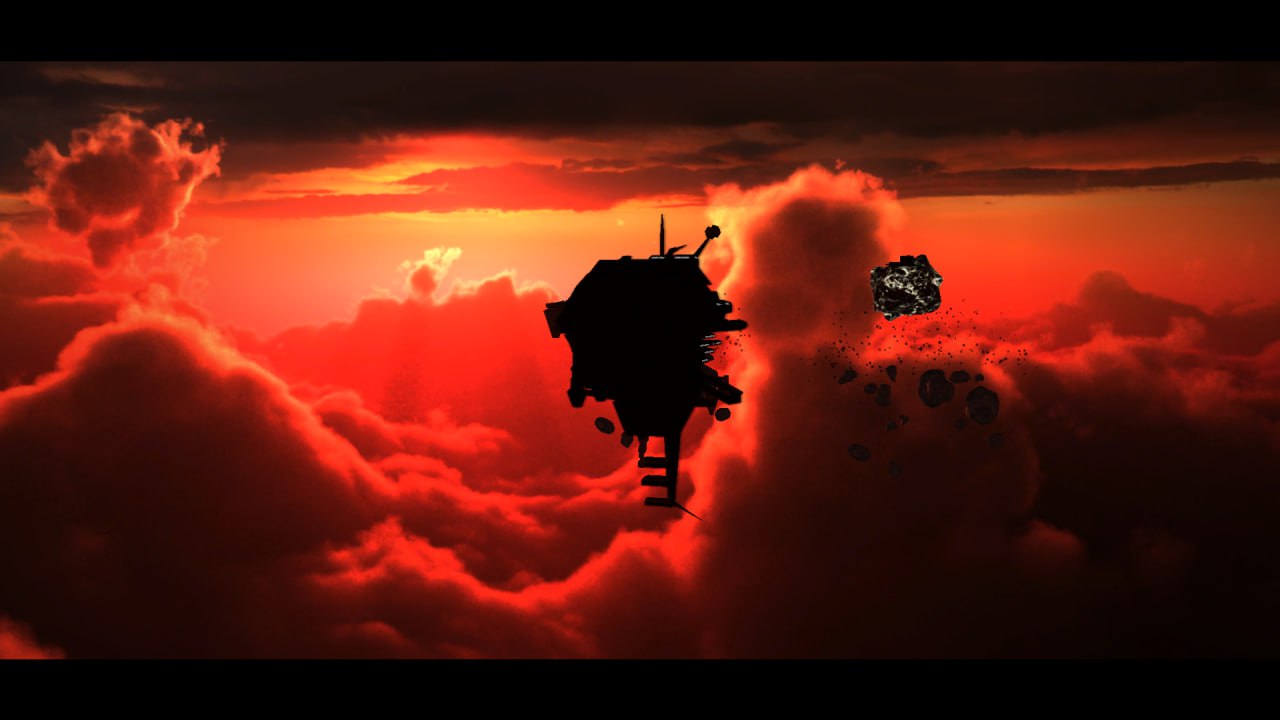
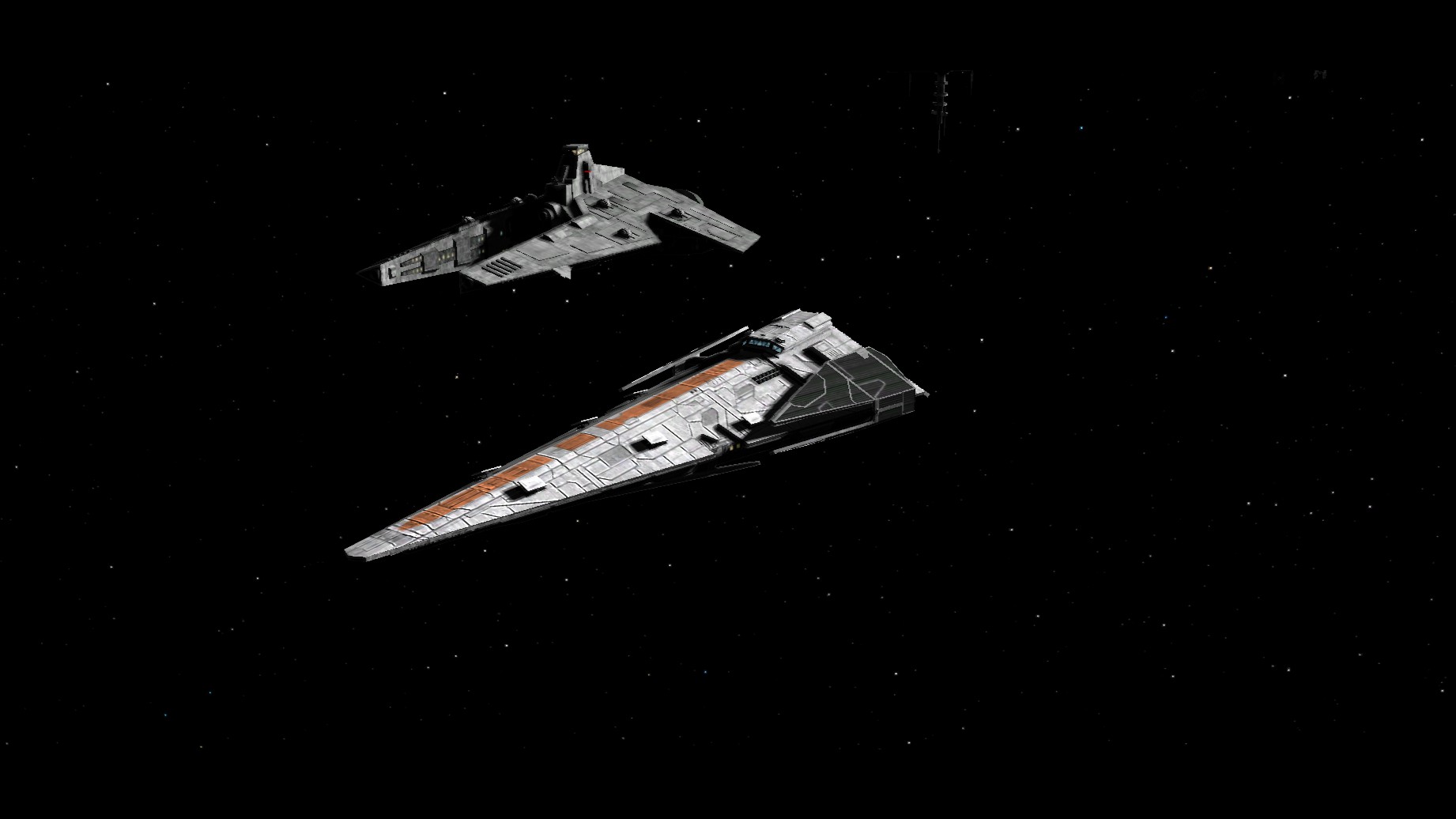
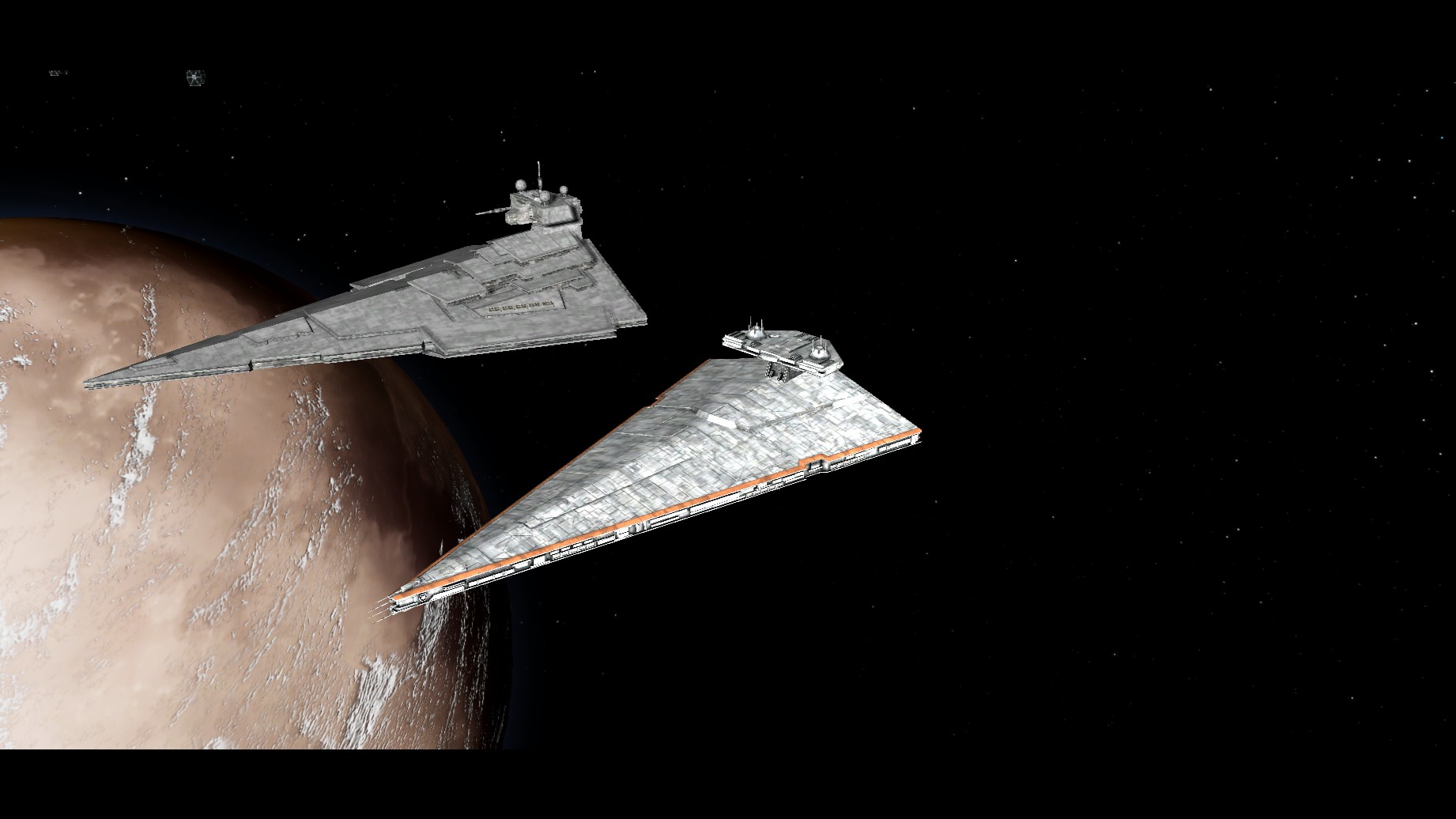










lokin good guys